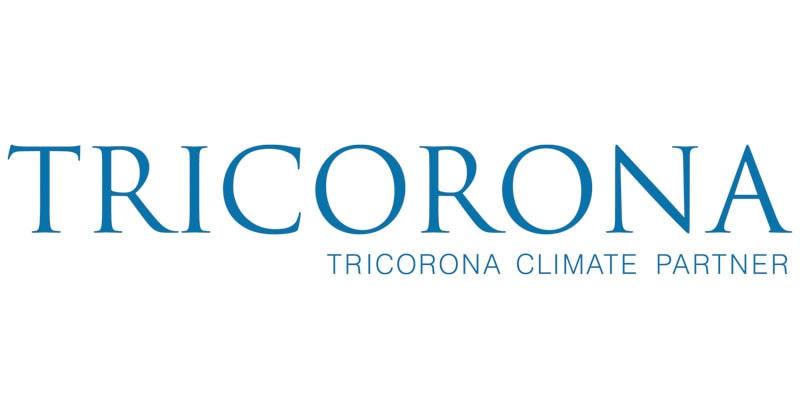B-LIGHT climate compensation
How we treat our environment need to change. The way we shop and consume must change. Every time we buy a product we take something from planet earth. We need to give something back! That is why we climate compensate.

All manufacturing consumes resources
All manufacturing consists of some kind of material that also consumes energy when being produced. Most manufacturing industries also creates some kind of pollution or emissions that has a negative effect on our environment. We, the humans, has taken too much from earth. We have polluted our earth for too long. With climate compensation the manufacturing company pays back to earth for what’s been taken. This is mostly done by supporting environmental projects that are proven to give back to the environment.
Why B-LIGHT climate compensates
Why do we climate compensates? To start with, it’s not expensive. How can we afford NOT to? We climate compensates because almost all scientists, 97 %, have agreed that our lifestyle and pollution are the causes of the climate change. By giving back to planet earth we reduce our environmental impact. A brilliant idea if you ask us.
It’s actually cheap to climate compensate.
See our certificates here:
Tricorona Cert – id- 4188-B-LIGHT-Organic-clothing
Here we supported a Trine solar panel project in Africa:
Trine African Solar Panel Project
Climate compensation certifications
B-LIGHT climate compensates via Tricorona, a Swedish climate compensation company. Tricorona let us choose between several environmental projects which are approved by various organisations that certify the projects.
There are several different certifications and standards for climate compensation and the projects you compensate for. The quality of the projects may differ depending on how rigorous the standard is and thus the value of the project will be determined on the basis of the standard chosen by the buyer.
Examples of climate standards and certifications:
Gold Standard
Gold Standard was presented as a quality stamp for climate compensation projects, which implies strict compliance with additional requirements for social responsibility and sustainable development for climate compensation projects.
This Standard is a global non-profit foundation and is the only certification standard approved and trusted by more than 80 international environmental organizations, including WWF International and Greenpeace International.
The projects are also monitored by an independent technical advisory committee and controlled by independent auditors. The certification process requires a great deal of involvement by local stakeholders and organizations. Examples of social responsibility can be that the climate compensation projects in question create jobs for the local population, contribute to the local schools or improve the infrastructure in the area.
Gold Standard is a common procurement requirement for public procurement of CDM projects. Gold Standard verifies both CDM and VER projects.
CDM (Clean Development Mechanism)
The CDM projects meet the Kyoto Protocol criteria for continuously quantifying climate benefits. The audit is conducted by independent authorized auditors who report the project to the UN. The most central criterion of UN evaluation is additionality; that the project had not disappeared without CDM and money from climate compensation.
Each CDM project is continuously reviewed to calculate the actual emission reduction during the current period, as long as the UN issues emission reduction certificates or CER (Certified Emission Reduction). These certificates are accounted for in an international registration system, with unique serial numbers, which means that each CER is traceable to the project that created it. The certificate thus proves that the supplier has created the climate benefit that the customer has ordered. The certificate is then shredded in the international registry, which means that the certificate is irrevocably forfeited.
CDM projects are often investments in renewable energy. Examples of CDM projects can be a wind power plant built in, for example, China, where a large part of today’s energy needs are covered by coal power from a high impact on the climate. CDM projects also contribute to sustainable development in the country of implementation and provide positive effects both socially and economically as well as environmentally. Read more about our various CDM projects here.
See our clothes

 Svenska
Svenska Deutsch
Deutsch




